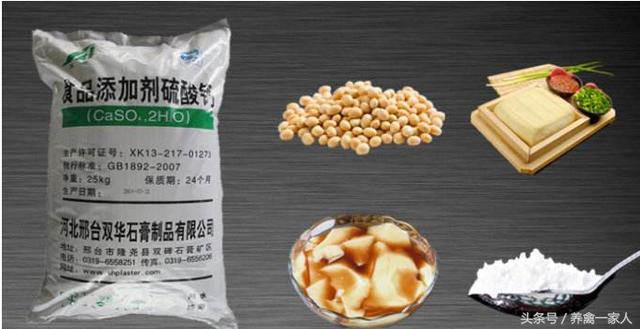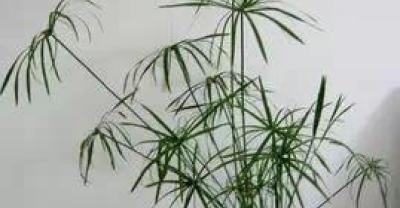The culture technology of yellow sand soft-shelled turtle: the culture method of young soft-shelled turtle, what kind of hatching turtle eggs and how to hatch
1. The selection of New Turtle Pond
The area is 1 mu ~ 5 mu and the water depth is about 1.5m. On one side of the pond, a spawning battlefield is built, a "T" type anti-escape wall with a height of about 0.6m is built around the pond, and a sun table and a food table are set on the surface of the water.
2. Selection of parent soft-shelled turtles
The selection from wild soft-shelled turtle or adult soft-shelled turtle more than 3 years old in pond requires that the individual should be more than ll5 kg, with typical characteristics of yellow sand soft-shelled turtle, disease-free and injury-free, and the ratio of male to female is 5:1.
3. Stocking of parent soft-shelled turtles
In April to May or September to November every year, the rest of the time, should not be stocked. The stocking density is 400 ~ 600 per mu.
4. Cultivation of parent soft-shelled turtle
One week after the soft-shelled turtle is released, the feed can be started. The parent soft-shelled turtle is fed normally when the water temperature is above 25%. The feed is mainly fresh bait, such as small fish, shrimp, shellfish, snail, duck liver, pig liver, etc., accounting for about 70% of the total feed, and then 30% of the market parent soft-shelled turtle formula feed, plus a small amount of turtle multi-dimensional, the feeding amount is 2% of the soft-shelled turtle body weight. 2 times in the morning and in the afternoon.
5. Collection and hatching of soft-shelled turtle eggs
When the water temperature is maintained above 25 ℃ ~ 12 ℃ for about one month, the mature female soft-shelled turtle begins to mate and lay eggs. Generally, the eggs are collected in the sand pile of the spawning ground every 3 days. The eggs with round white spots (animal poles) are fertilized eggs, otherwise they are unfertilized eggs. The animals of the fertilized eggs are arranged upward in the incubation plate to cover the wet sand, and the people are moved to hatch in the hatchery. The hatchery requires a relative humidity of 80%, and the humidity of the hatching sand is also close to 80% (that is, when the hands are loosened), and the temperature is constant at 28 ℃ ~ 32 ℃. After about 45 days, juvenile soft-shelled turtles can be produced. The juvenile soft-shelled turtle can be cultivated or sold in the outdoor pool after being temporarily raised in a plastic basin for about a week in the hatchery.
6. Cultivation of juvenile soft-shelled turtle
Hatching shell for about a week, weighing in 3 grams 50 grams left is generally called juvenile soft-shelled turtle. The cultivation of this stage is best carried out in a cement pool of 5 square meters and 10 square meters, which is equipped with a drying platform and a dining table of about 2 square meters, with a water depth of about 0.5 meters, and a water gourd of 3 water surfaces. The stocking density of juvenile soft-shelled turtle is 20 per square meter, and the compound feed of yellow powder worm, minced fish, duck liver and juvenile soft-shelled turtle sold in the market is fed for 5% of the body weight of soft-shelled turtle, divided into 5 times (less and more). This process takes about one month.
7. Cultivation of young soft-shelled turtle
Each soft-shelled turtle of 50 ~ 250 grams is called young turtle. Generally, sand and mud ponds of 10 square meters to 30 square meters are used as breeding ponds for young soft-shelled turtles. Equipped with sun platform and eating table 2 square meters ~ 6 square meters, the water depth is about 0.8 meters, 1 stroke 3 water hyacinth on the water surface, and the stocking density of young soft-shelled turtles is 10 per square meter, mainly to feed young soft-shelled turtles sold in the market. Add appropriate amount of shrimp, small fish, snails, shellfish, green vegetables, livestock and poultry scraps, etc., the feeding amount is about 4% of the body weight of soft-shelled turtles, and it can be fed three times in the morning, middle and evening, and the specification of 250 grams per turtle can be reached in about 180 days. When the water temperature is stable above 25%, it can be put into outdoor breeding.
For more aquaculture techniques and business guides, please see the mobile version of http://m.yzydt.com, or follow Wechat official account: yangzhiuu; service number (mall): yangzhimall, Wechat private number: yzydtcom.
- Prev

Secret of raising chickens: the ingenious use of gypsum powder in native chicken breeding
When it comes to plaster, we first think of building plaster, such as plaster sculpture, chalk and so on. In fact, there are many kinds of gypsum, there are construction, chemical industry.
- Next

Technical points of small-scale Culture of Monopterus Albus in Courtyard
First, the construction of Monopterus Albus culture facilities. 1. Choose the site to build an eel pond in the open space behind the front house, and use groundwater or tap water as the water source for culture. 2. Eel pond construction.
Related
- On the eggshell is a badge full of pride. British Poultry Egg Market and Consumer observation
- British study: 72% of Britons are willing to buy native eggs raised by insects
- Guidelines for friendly egg production revised the increase of space in chicken sheds can not be forced to change feathers and lay eggs.
- Risk of delay in customs clearance Australia suspends lobster exports to China
- Pig semen-the Vector of virus Transmission (4)
- Pig semen-the Vector of virus Transmission (3)
- Five common causes of difficult control of classical swine fever in clinic and their countermeasures
- Foot-and-mouth disease is the most effective way to prevent it!
- PED is the number one killer of piglets and has to be guarded against in autumn and winter.
- What is "yellow fat pig"? Have you ever heard the pig collector talk about "yellow fat pig"?

